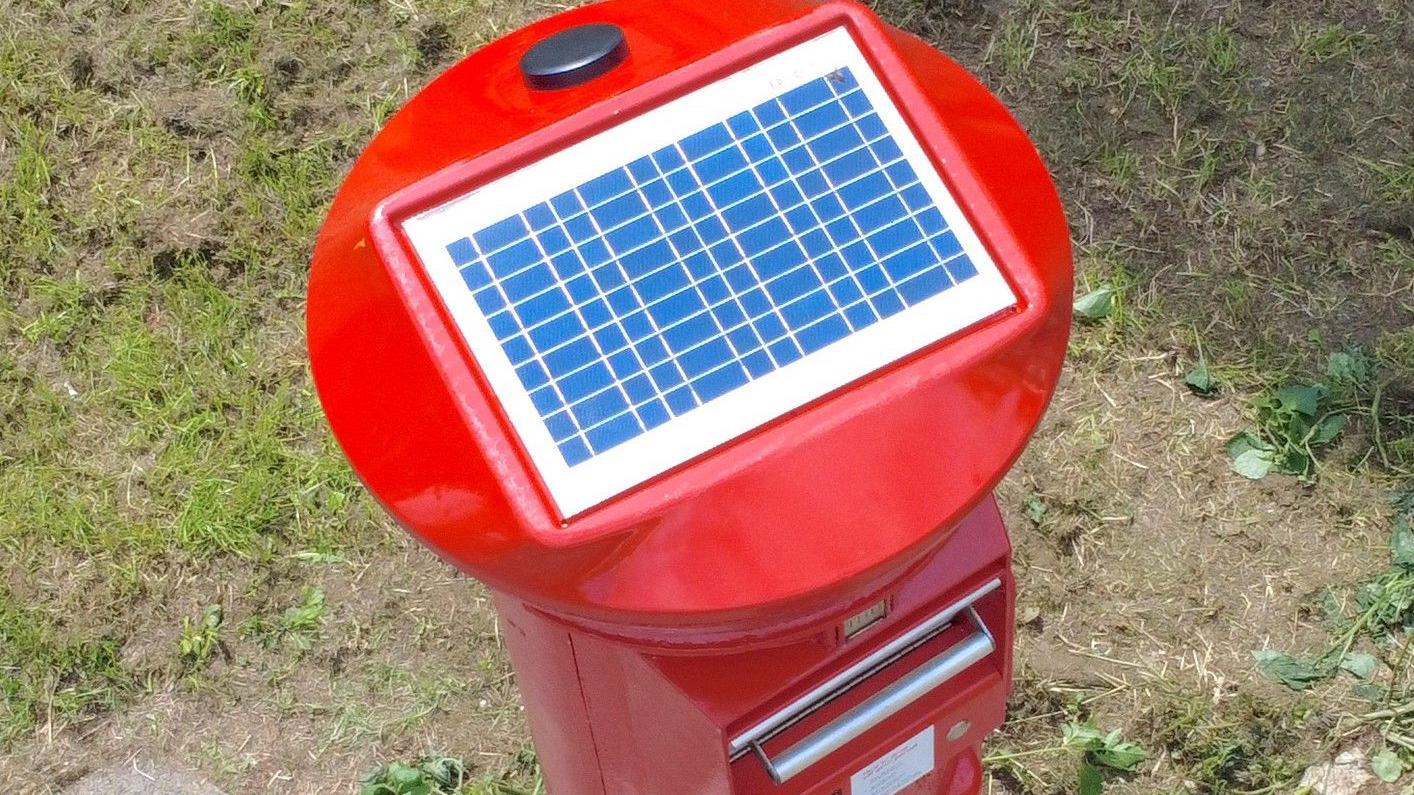Introduction
The advent of solar powered postboxes represents a significant advancement in the intersection of technology and environmental sustainability. As urban areas grapple with the challenges of waste management and carbon emissions, these innovative solutions are becoming an important part of the mail delivery system. With the UK government pushing for greener initiatives, solar powered postboxes offer a glimpse into the future of postal services, combining convenience with environmentally friendly practices.
Current Developments
Recently, the Royal Mail has begun trialling solar powered postboxes in several locations across the UK. Designed to harness solar energy, these postboxes are equipped with photovoltaic panels that charge batteries to power internal lighting and heaters during colder months. The initiative aims to ensure that postboxes remain functional and accessible, even in adverse weather conditions.
One of the first installations occurred in Brighton, where residents praised the initiative for its efficiency and sustainability. The solar powered postbox not only reduces reliance on non-renewable energy but also addresses operational costs that can be incurred from traditional lighting systems.
Benefits of Solar Powered Postboxes
Solar powered postboxes are designed with resilience and durability in mind, using robust materials to withstand severe weather phenomena. Additionally, they contribute to a reduction in carbon footprint, aligning with the UK’s broader environmental goals, particularly as part of their roadmap to achieving net-zero emissions by 2050.
Moreover, the solar powered technology integrated into these postboxes extends their functionality beyond merely collecting mail. Some models are being fitted with digital interfaces that could facilitate user interactions, enabling features such as tracking delivery status or providing information about nearby services.
Future Implications
The successful trial of solar powered postboxes could lead to wider adoption across urban and rural areas, looking to modernise postal systems while maintaining an ecologically responsible approach. Similar trials are being explored in countries like Germany and the United States, suggesting a growing trend towards utilising renewable energy in infrastructure.
Conclusion
In conclusion, the introduction of solar powered postboxes marks a promising development in the quest for sustainable mail delivery solutions. As further studies assess their impact and potential for widespread implementation, these innovations could inspire the postal sector to reevaluate other aspects of their operations and embrace renewable energy sources. Readers can anticipate seeing more solar powered solutions in everyday infrastructure, signalling a proactive shift towards greener living.
